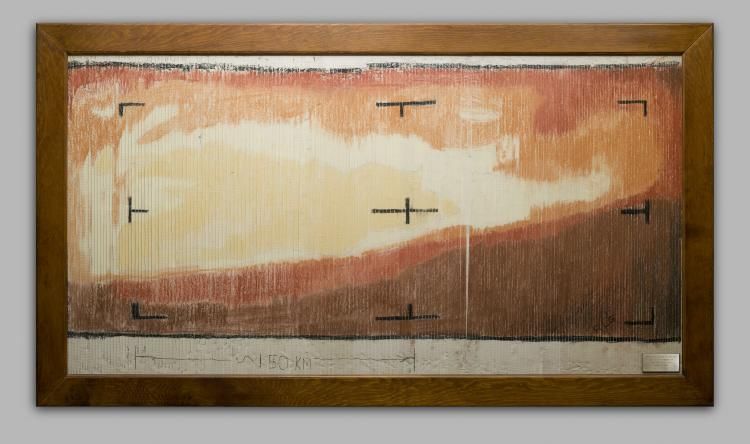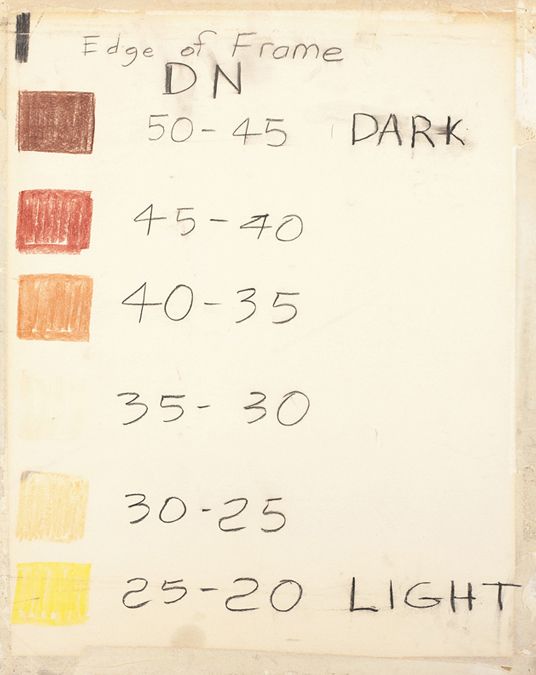Impatient Scientists Used Paint-By-Numbers Technique to Create the First Image From Mars
Scientists used raw data to create their first image of the red planet
/https://tf-cmsv2-smithsonianmag-media.s3.amazonaws.com/filer/0c/2f/0c2f8ac6-9f74-42ae-a2d5-85ef43a682c3/pia14033_fig2.jpg)
To an outsider, the progression of technology in the space race of the 1950s and 1960s was lightning-quick. But to scientists eager to catch their first glimpses of space, it wasn't quite fast enough: time was of the essence. And as Mika McKinnon reports for io9, researchers were so eager for an image from Mars that they made their own with raw data rather than wait for photos to be processed.
In 1964, NASA was still years away from its first moon landing. Failed missions and botched technology were common, but the agency was determined to learn more about the universe. On November 28, 1964, Mariner 4 set out to orbit Mars.
It took over seven months for the probe to reach Mars, and when it got there, it spent just 25 minutes observing the atmosphere. On July 14, 1965, scientists gathered at the Jet Propulsion Laboratory to celebrate the probe’s historic flyby. But though the probe successfully transmitted 22 close-up images and 5.2 million bits of data, the team had to wait for a data translator to create a photograph.
McKinnon reports what happened next:
Instead of waiting for the entire image processing procedure to create the official photograph, the employees in the telecommunications group at NASA's Jet Propulsion Laboratory mounted the strips in this display panel and hand-coloured the numbers to create a quick and dirty visualization.
Once the mosaic was complete, the Telecommunications System employees framed the completed image and presented it to their director, William H. Pickering.


This paint-by-number-style picture marked the first time scientists were able to view another planet up close. The next day, instruments produced the photograph itself, and scientists could compare their handiwork to that of their image processor.
Today’s space scientists are no less eager, but better technology has made the Mariner 4 images look like child’s play. Case in point: A new selfie from NASA’s Curiosity rover shows a super-detailed, wide-angle panorama of Mars’ surface.
/https://tf-cmsv2-smithsonianmag-media.s3.amazonaws.com/accounts/headshot/erin.png)
/https://tf-cmsv2-smithsonianmag-media.s3.amazonaws.com/accounts/headshot/erin.png)